Carla Petit is head gardener at Bronte House where lush subtropical plants and colourful herbaceous borders surround the 19th century Gothic cottage.
Carla has been looking after the garden for four years, continuing a tradition of highly skilled gardeners who have cared for this Sydney treasure. Here she tell us what's happening.
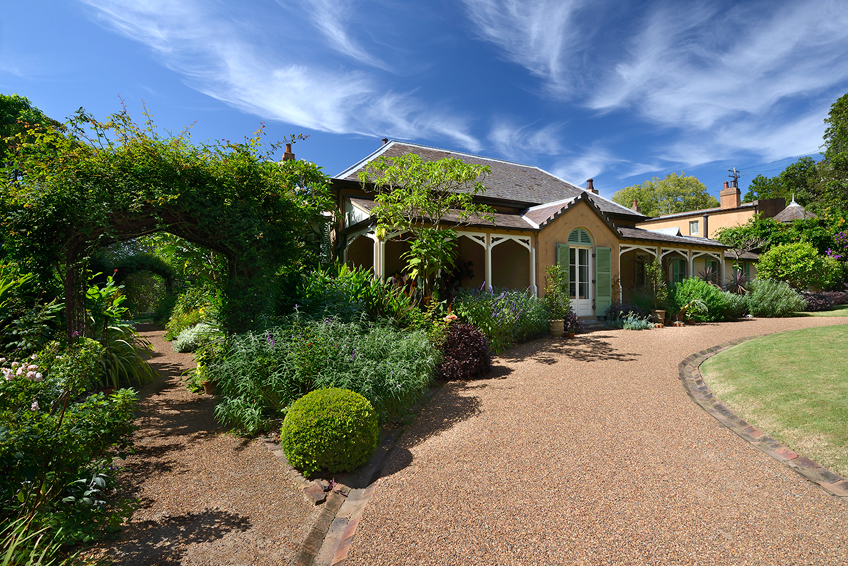
Bronte House. Photo - Chris Lloyd Jones
I’m busy…shaping
The main carriageway borders in the garden are inspired by the strong masculine tones favoured in the Victorian era. There are blue flowers and purple
foliage and bold splashes of vibrant oranges and reds. A quieter yellow and white border cools and balances this vibrant area. My number–one job in
summer is pruning and shaping. The formal structural plants, including murraya, Buxus japonica and alternathera need hedging and the citrus
trees need trimming. As well, each plant in the perennial borders requires careful shaping and under-cutting to allow each individual its own space
in which to shine. There is a lot of tip pruning done too, to encourage growth and to maintain the right height. The timing of all this is vital –
if I’m too early or too late, the plants won’t be at their best on Open Days.
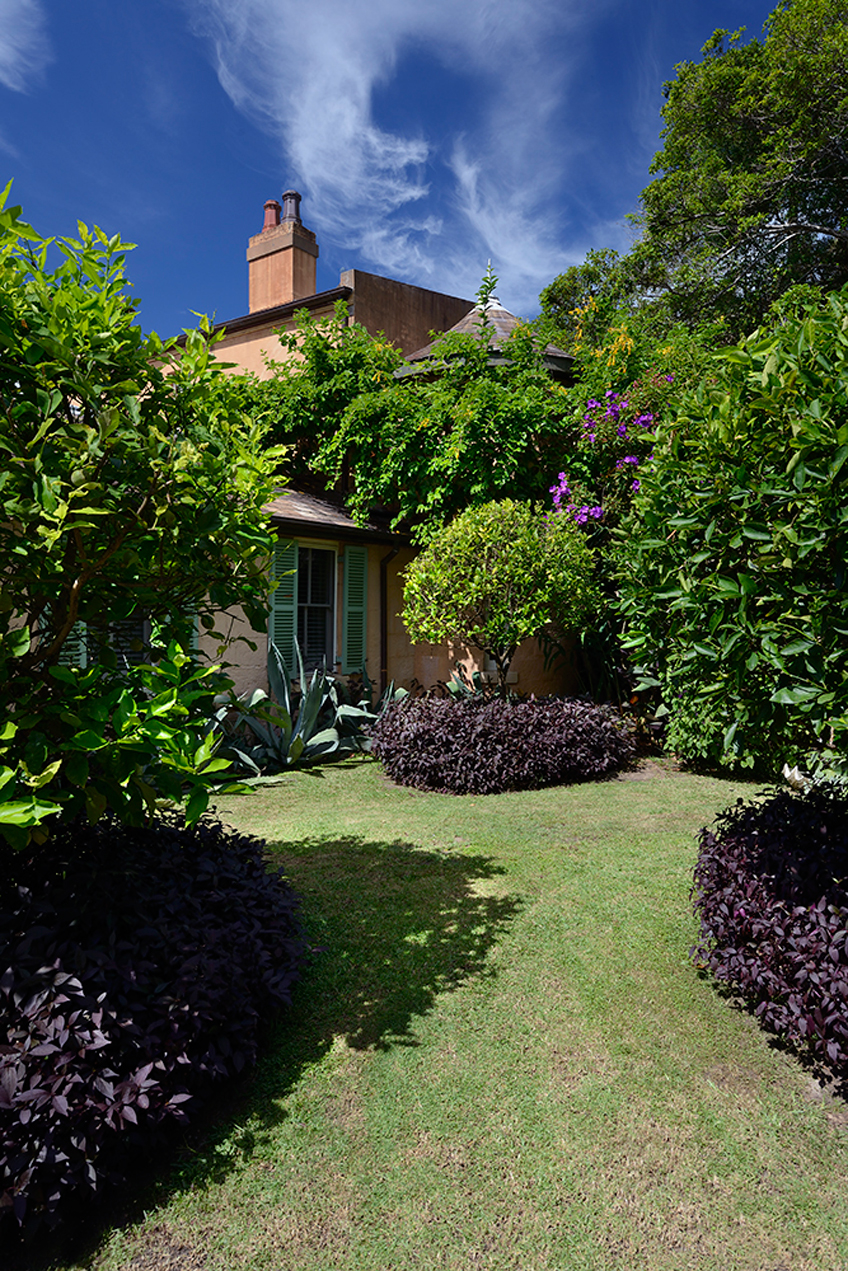
A whole lot'a shaping going on! Photo - Chris Lloyd Jones
I’m collecting…seeds
When the majority of the poppies have finished flowering at the end of spring, I start collecting the seed heads. They are placed in paper bags and hung
up in a cool dry place to dry out. I also collect seeds from cleome species, Queen Anne’s lace (Ammi majus) and white scented tobacco (Nicotiana sylvestris). Once
the seeds are completely dry, they are stored in the fridge. Then at the beginning of July they are sown near the edges of garden beds and in gaps
onto ground that has been improved with cow manure and our compost. These plants often self-seed but we get a better display if we sow them exactly
where we want them.
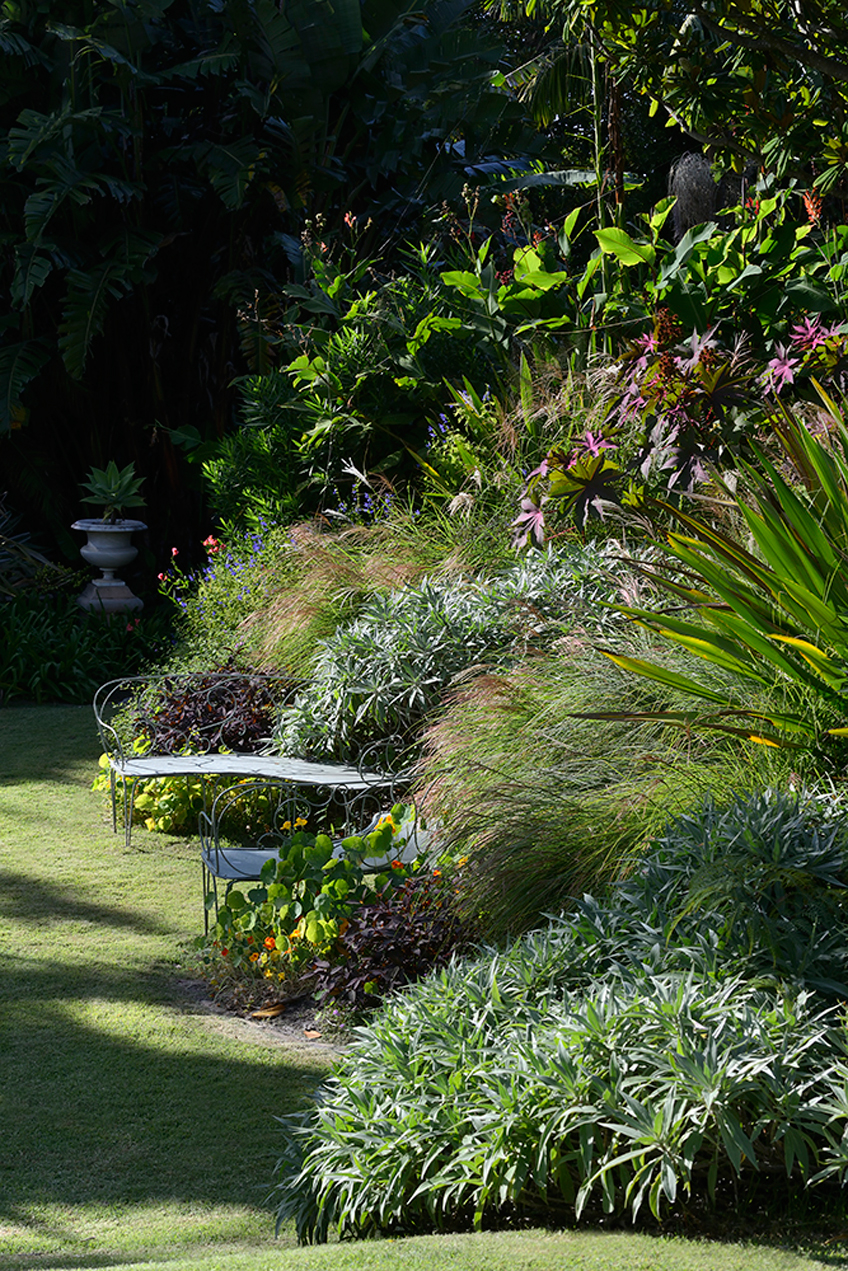
Stop, take a seat and take it all in. Photo - Chris Lloyd Jones
It’s time to…
Water, especially around the house where there are a lot of perennial plants that demand extra irrigation.
Mow the lawn, but only once a fortnight. Keeping the lawn height high helps the grass retain moisture and out-compete weeds.
Weed pathways and gardens. It’s true that one year’s seeding is seven year’s weeding, so I hand-weed and spray. And while I’m there I rake the gravel paths
to ensure they are neat and tidy.
Dead-head and tip prune to encourage more growth and more flowers throughout the garden.
Rake the Araucaria leaves off the lawn so they don’t smother the grass.
Keep a look out for rust spots on the canna lilies and frangipanis. Spray with Eco-fungicide at the first sign.
Turn the compost to make sure that the green waste breaks down and is ready to spread in autumn.
Plump up the citrus with water and Dynamic Lifter. We have lemon, mandarin and orange in the lawn. At the same time I check them for signs of pest invasion
or disease.
I’m controlling…pests
As the weather gets hotter and more humid I keep a close eye out for the lily caterpillar (Spodoptera picta). These voracious fiends can destroy
large clumps of crinum, clivea and amaryllis literally overnight. They love to hide under leaves and right down into the base of the plant but sometimes
can be seen on top of leaves as well. If they are spotted in small numbers I control them by hand (squished!) but if they arrive in force the plants
need to be sprayed. I use Dipel or Folimat. Because of the high risk later in summer and the massive damage that can occur so fast, I check these plants
for signs of the pest each time I visit Bronte House.
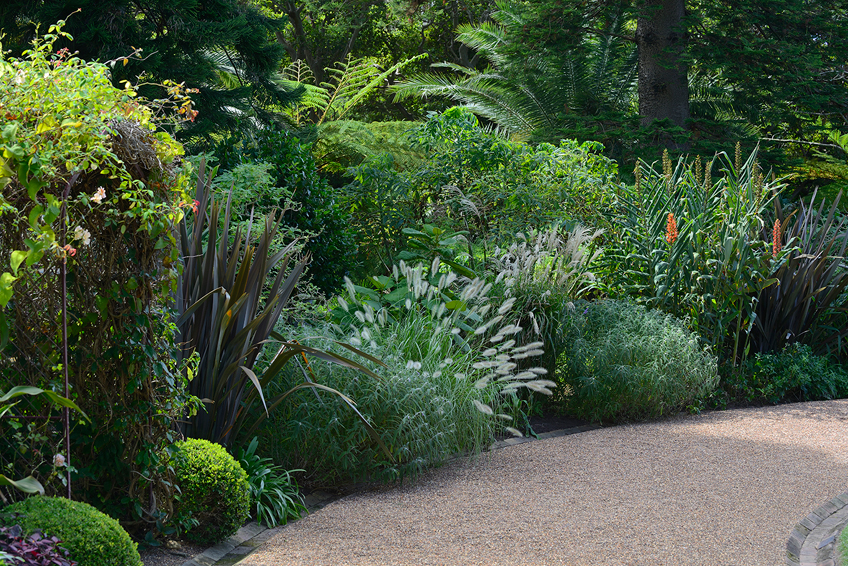
A delightful contrast of texture and form. Photo - Chris Lloyd Jones
I’m composting…everything
There will be a lot of growth throughout summer - plants, grass and weeds. I will make the most of the excess with the compost bays at the bottom of the
garden. I'll mix one part green waste to two parts brown material such as dried leaves. The bays are kept moist and turned to help speed up the process.
The compost will be ready for spreading in the cooler months and I use it to top up parts of the garden.
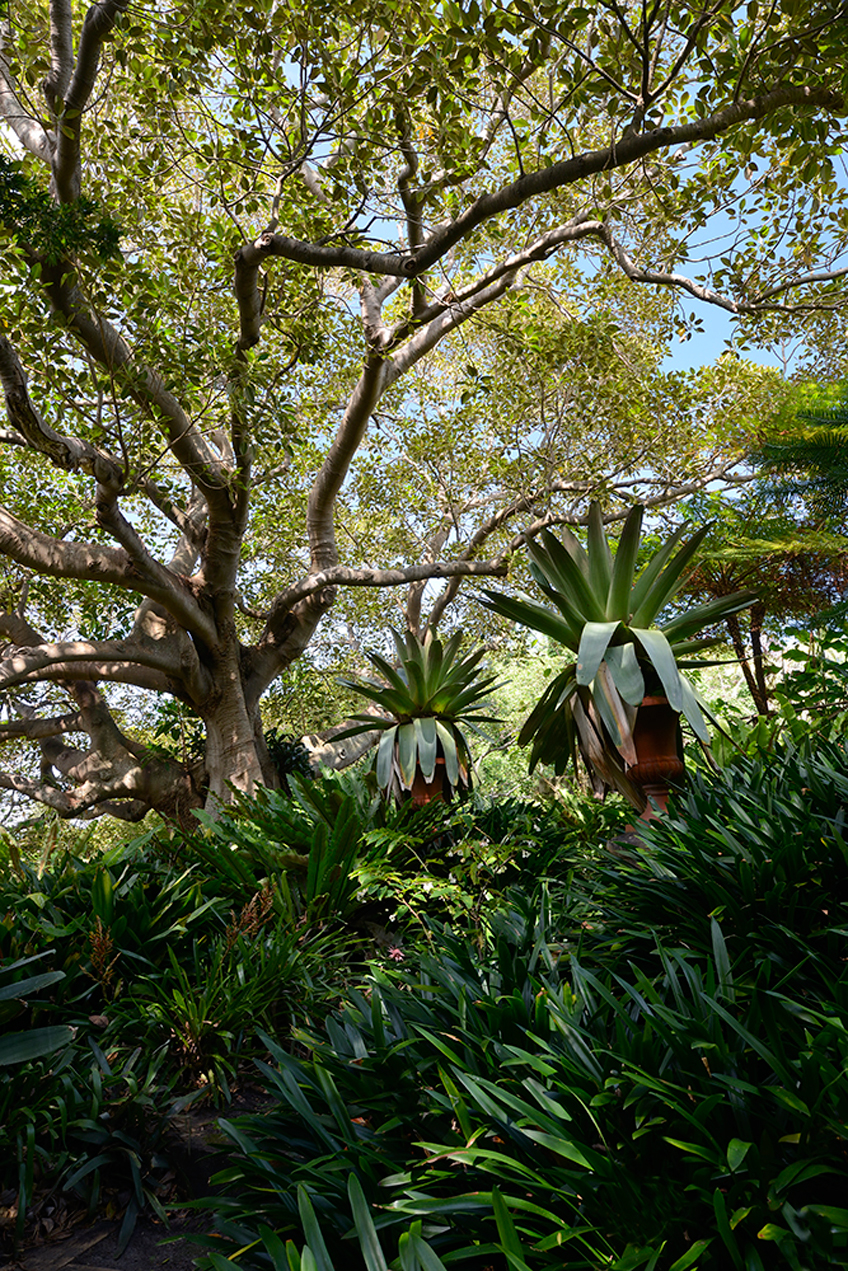
Maintaining a vigilant bugwatch is vital. Photo - Chris Lloyd Jones
See for yourself
Bronte House will have an Open Day on September 18. Sandra Ross will be appearing there on the day. Why not make a day of it and come see this Sydney treasure
for yourself.
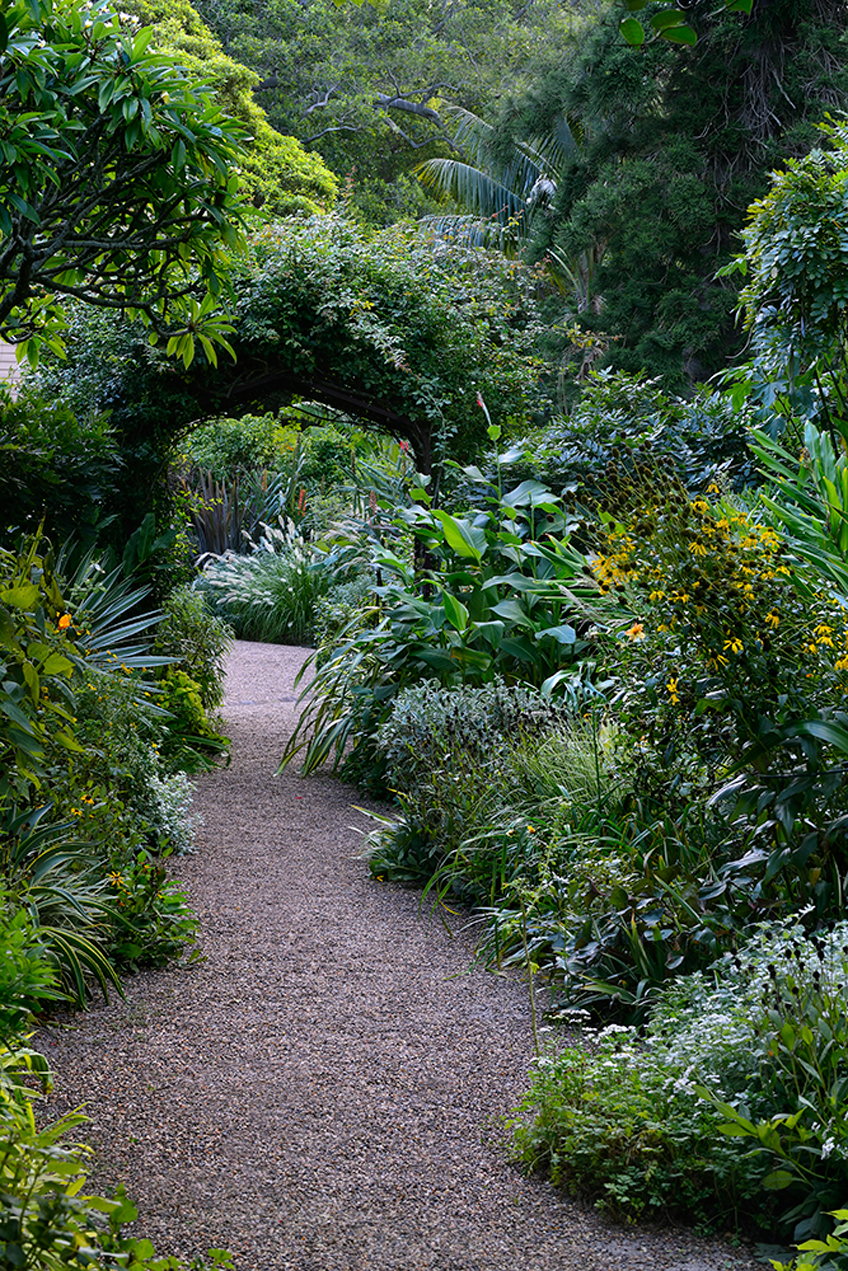
At the end of flowering seed-saving for next year keeps Bronte House garden thriving. Photo - Chris Lloyd Jones
6 great plants
Rangoon creeper
Quisqualis indica grows over an arbour and has an amazing fruity fragrance that is especially intoxicating in the early mornings. Its flowers
bloom white then age to pink and dark red.
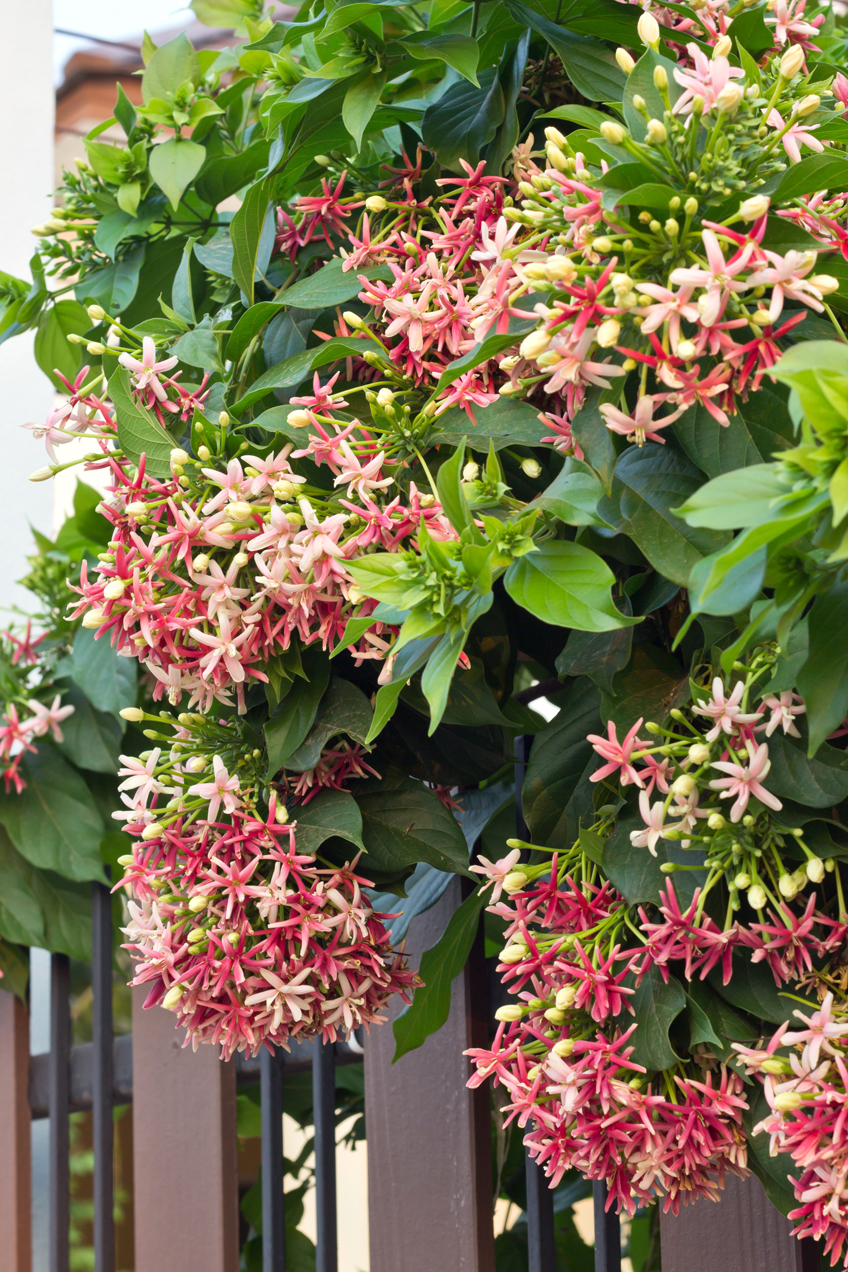
Quisqualis indica, Rangoon Creeper. Photo - sabza / shutterstock
Orchid cactus
Epiphyllum hylocereus is a climbing night-flowering cactus with huge white flowers with a strong fragrance. It’s grown near a bay window, supported
by a stout frangipani.
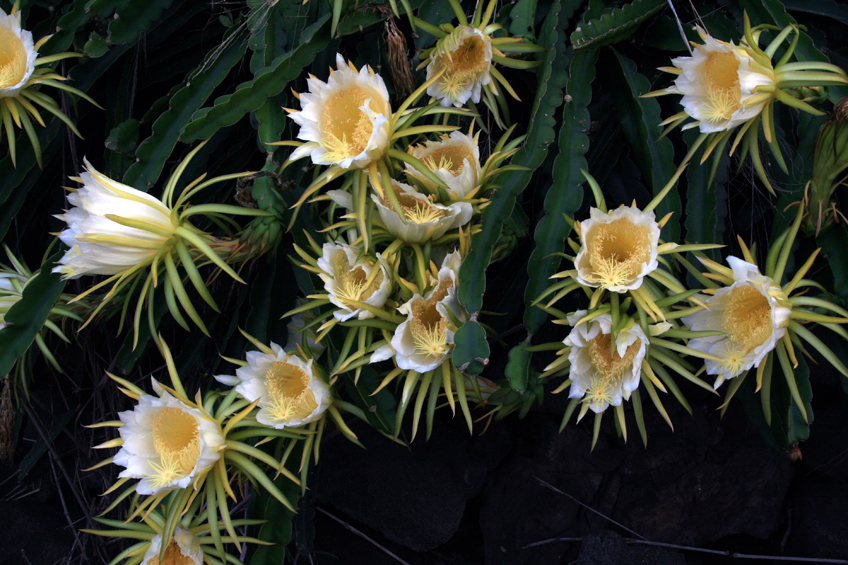
Epiphyllum hylocereus, Queen of the Night.
Fraser Island creeper
Tecomanthe hillii compliments the neo-Gothic colour scheme of the house. It has beautiful maroon bell-shaped flowers with glossy leaves and it
performs well on a protected wall.
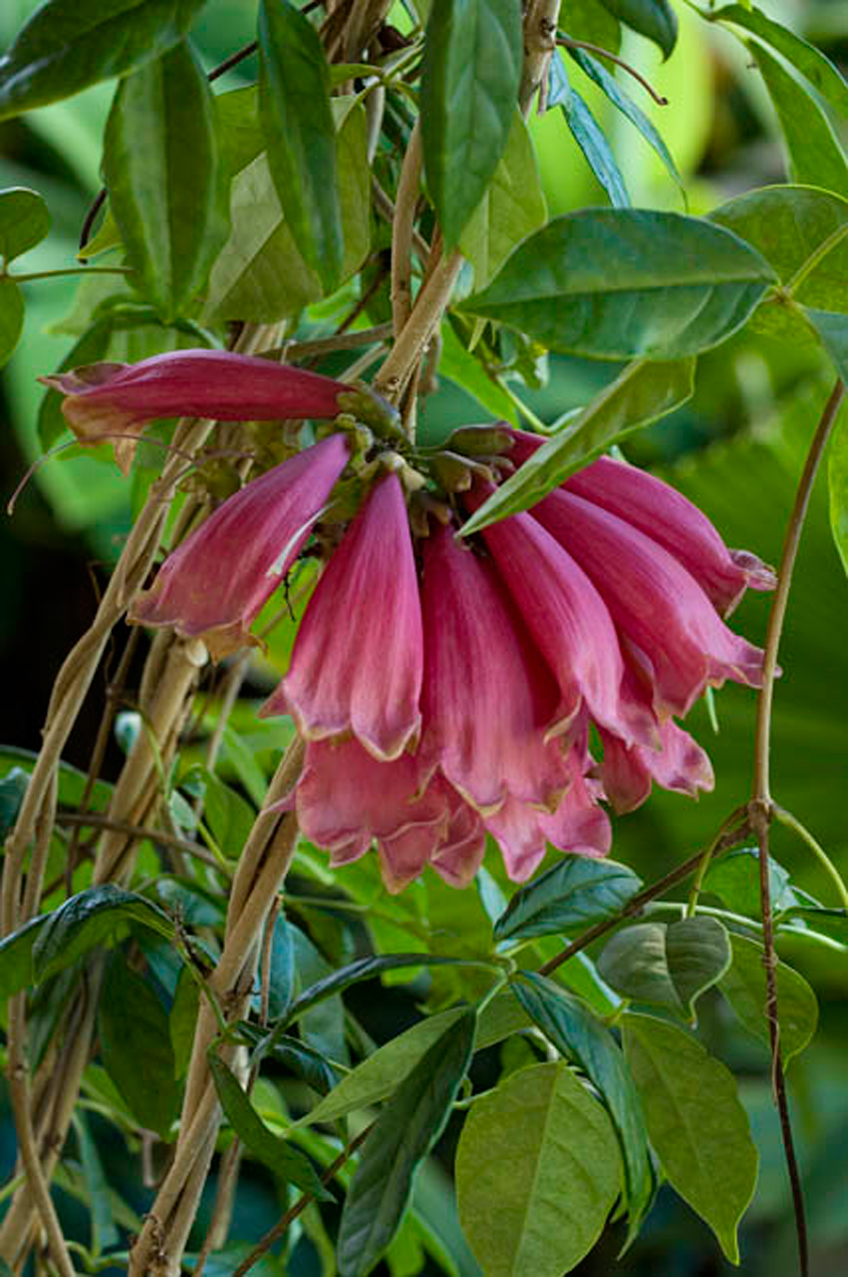
Tecomanthe hillii, New Guinea Creeper
Dahlias
We grow single and double dahlias for their lush foliage and long flowering period. They are easy to care for, but do require staking to protect them from
falling.
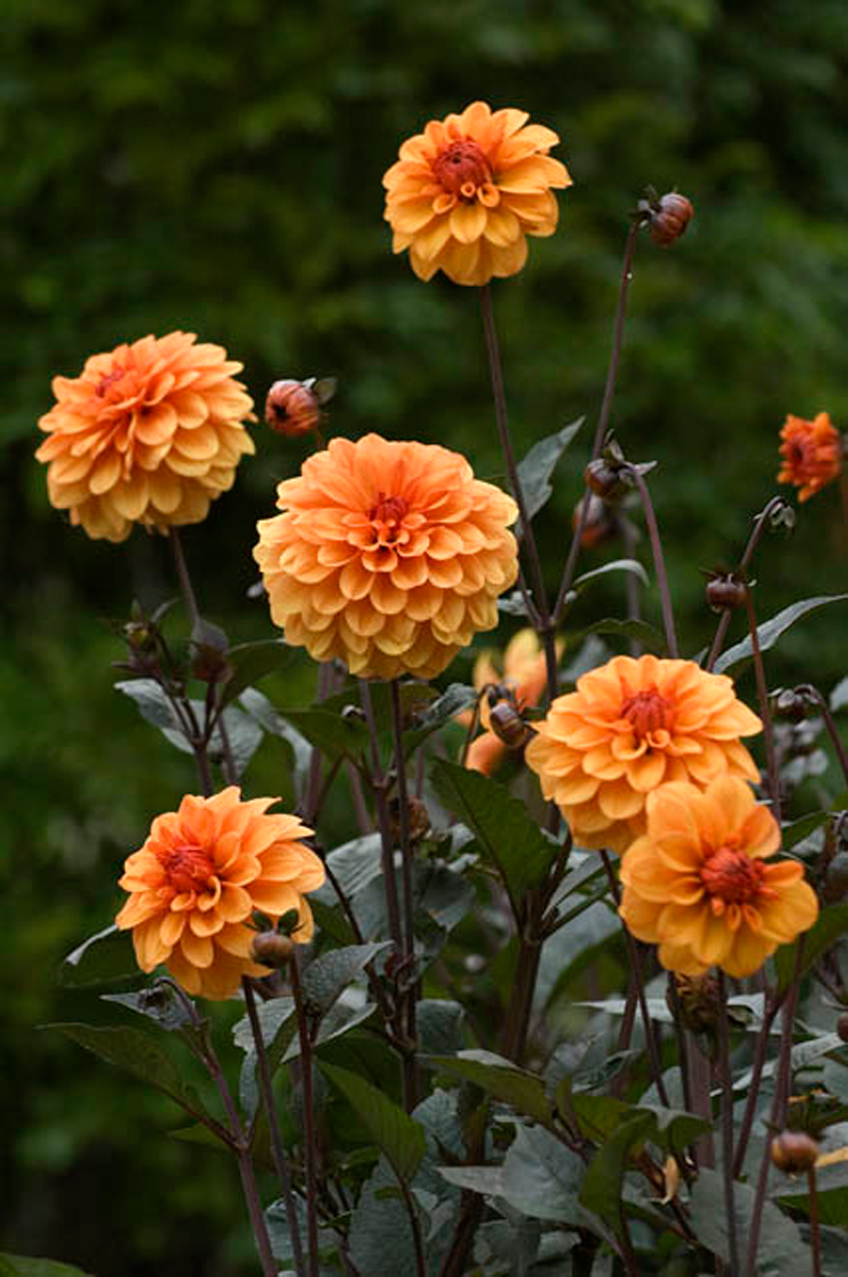
Dahlias. Photo - Belrose Nursery
Oyster plant
Acanthus mollis is an evergreen, soft-wooded perennial with purple and white flower spikes that does well in the shade. It needs cutting back
towards the end of summer.
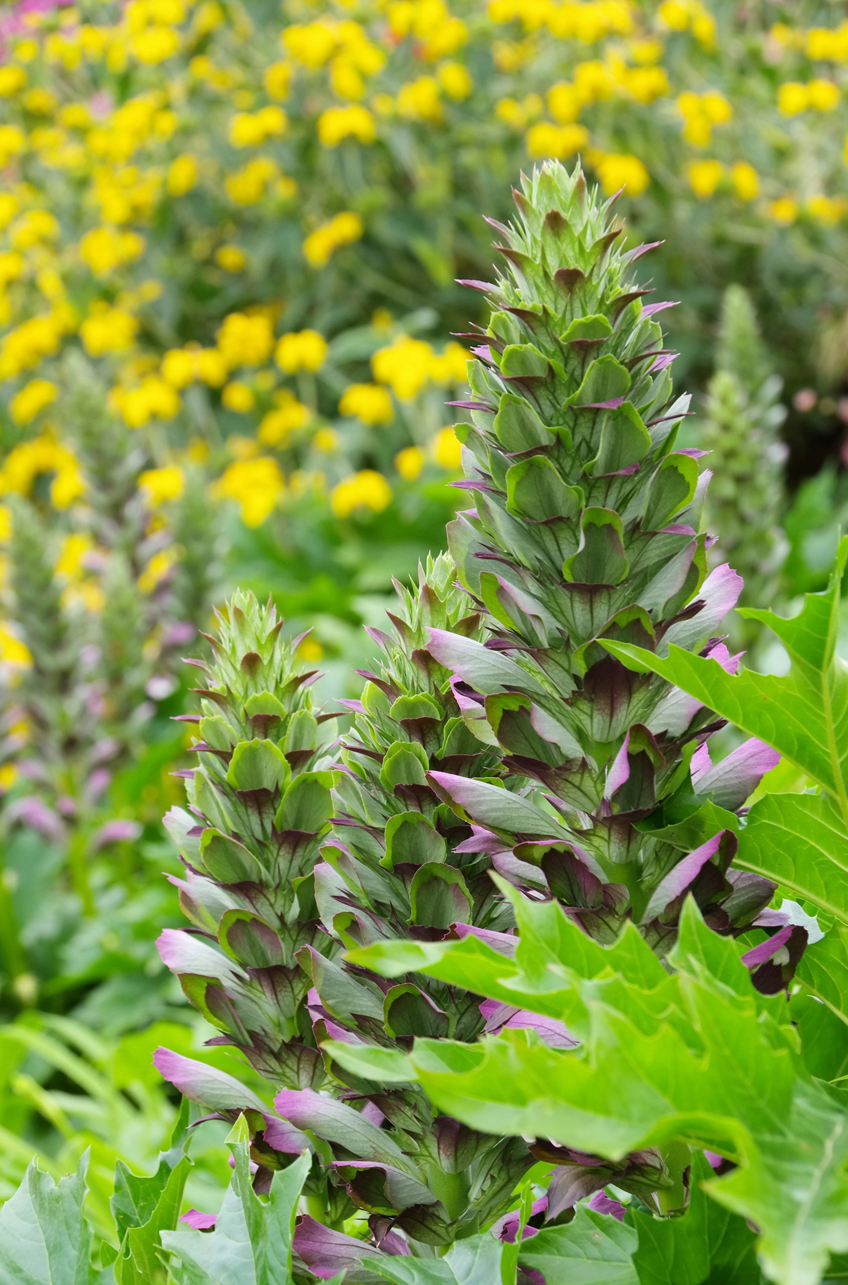
Acanthus mollis, Oyster Plant. Photo - LianeM / shutterstock
Mexican tree daisy
Montanoa bipinnatifida is one of the giants of the perennial border with beautiful white daisy-like flowers in late-summer towering up to 4m.
It’s cut back in June.
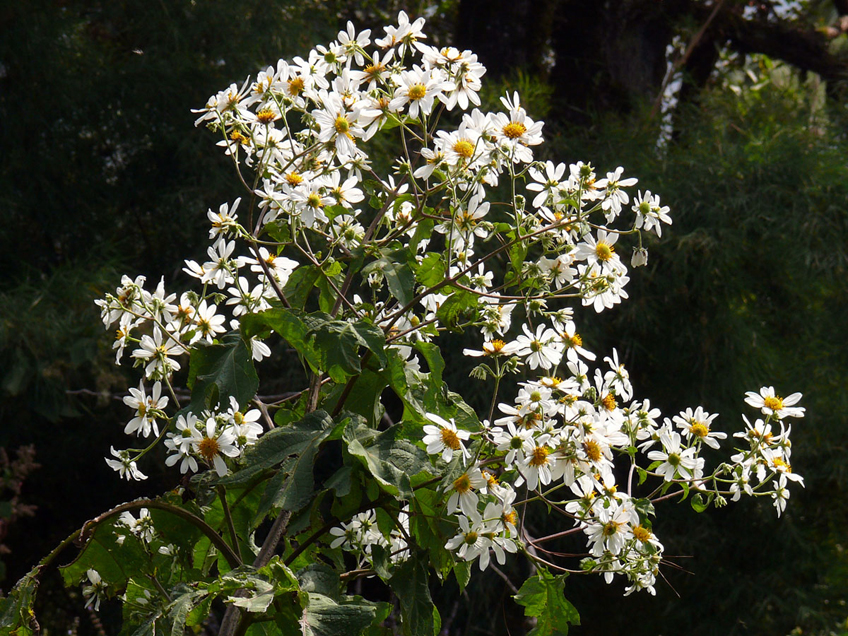
Montanoa bipinnatifida, Mexican Daisy Tree